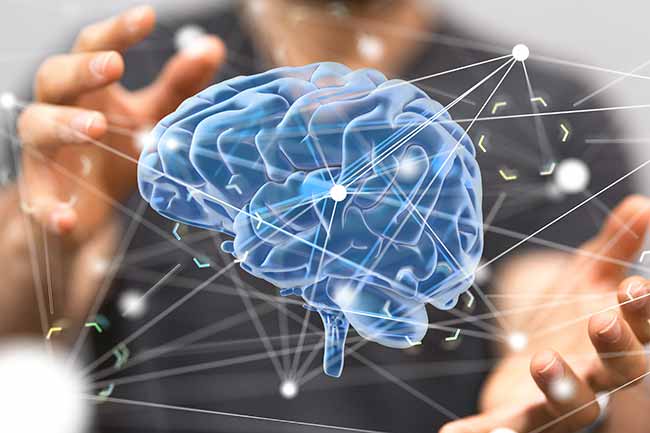Brain Capital
Brain science is the study of how the brain works and how it affects our behavior, cognition, emotions, and well-being. Brain science can also help us understand the modern economy, which is shaped by human decisions, interactions, and innovations. We are amid a global transition to an economy that relies on human cognitive resilience to flourish.
Global coordination and attention are required to build this new brain economy for the benefit of people, the economy, and nature. Brain capital is an economic asset that prioritizes, integrates, and optimizes brain health and brain skills to accomplish socio-economic objectives. In other words, our collective brain power is a prosperity and national security asset.






